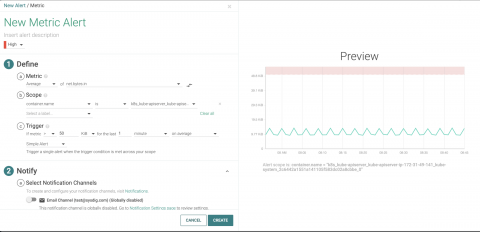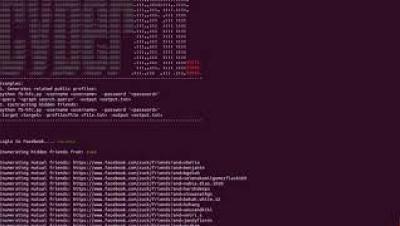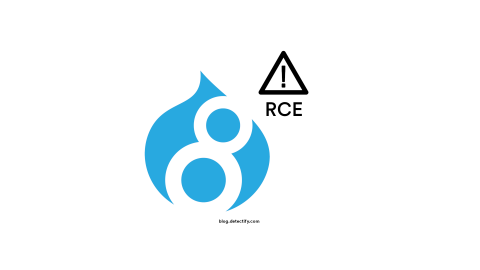Security | Threat Detection | Cyberattacks | DevSecOps | Compliance
Vulnerability
Apache Struts Vulnerabilities
Apache Struts is a well-known development framework for Java-based web applications that is mostly used in enterprise environments. If you search for Apache Struts CVEs on MITRE, you currently get 77 results, and most of the critical ones are due to OGNL expression injection, which is very similar to SSTI (Server Side Template Injection) attacks. In this article we will go through the security history of Apache Struts, common Apache Struts security issues and the impact of these vulnerabilities.
Detecting the Kubernetes API Server DoS Vulnerability (CVE-2019-1002100)
Recently, a new Kubernetes related vulnerability was announced that affected the kube-apiserver. This was a denial of service vulnerability where authorized users with write permissions could overload the API server as it is handling requests. The issue is categorized as a medium severity (CVSS score of 6.5) and can be resolved by upgrading the kube-apiserver to v1.11.8, v1.12.6, or v1.13.4.
The Power of Vulnerability Management: Are You Maximizing Its Value?
Tripwire has been in the business of providing vulnerability management solutions with IP360 for about 20 years. With over 20,000 vulnerabilities discovered last year alone, vulnerability management continues to be an important part of most security plans. And most organizations agree.
Understanding Vulnerability Scoring to Help Measure Risk
Understanding vulnerability scoring can be a daunting task, but a good starting point is first understanding risk and being able to distinguish risk from a vulnerability. Both have been used interchangeably throughout the years. A vulnerability is some aspect of a systems functioning, configuration or architecture that makes the resource a target of potential misuse, exploitation or denial of service.
Cybersecurity Hygiene: Not a Dirty Little Secret for Long
In October 2018, FICO (a consumer credit scoring specialist) began scoring the cybersecurity of companies based upon a scan of internet facing vulnerabilities. FICO grades companies using the same scoring that is familiar with consumer credit. These metrics are then used to compare security risks against competitors. This announcement has the potential to be a sea change event in cybersecurity.
Why Is Penetration Testing Critical to the Security of the Organization?
A complete security program involves many different facets working together to defend against digital threats. To create such a program, many organizations spend much of their resources on building up their defenses by investing in their security configuration management (SCM), file integrity monitoring (FIM), vulnerability management (VM) and log management capabilities. These investments make sense, as the resources listed above can all help protect the organization.
Detectify now checks for Drupal RCE (CVE-2019-6340)
On February 20th, Drupal released a security update that fixes a critical remote code execution vulnerability. Detectify scans your site for this vulnerability and will alert you if you are running a vulnerable version of Drupal.
Vulnerability Management and Patch Management Are Not the Same
Vulnerability management and patch management are not products. They are processes, and the products are tools used to enable the process. You cannot buy a hammer, nails and wood and expect them to just become a house, but you can go through the process of building the house or hire someone to do it for you as a service.







